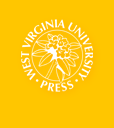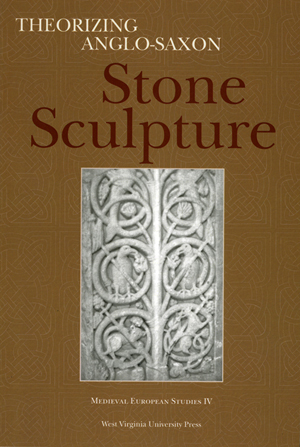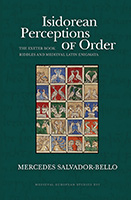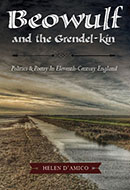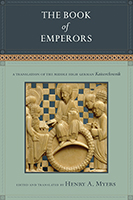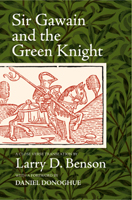Summary
Theorizing Anglo-Saxon Stone Sculpture significantly advances the complex study of Anglo-Saxon carved monuments, such as the Ruthwell Cross, by adopting more explicit theoretical approaches to the subject. Scholars included here are explicit in describing how their approaches complement (or, more often, contradict) the work of others. This book comes as a shot across the bow of these vessels. Contributors include the best scholars on this subject matter in England, Ireland, and America.
Contents
- List of Illustrations
- List of Abbreviations
- Preface
- Introduction
Richard N. Bailey - Reading Stone
Jane Hawkes - Naming and Renaming: The Inscription of Gender in Anglo-Saxon Sculpture
Catherine E. Karkov - Rethinking the Ruthwell and Bewcastle Monuments: Some Strictures on Similarity; Some Questions of History
Fred Orton - "Innocent From The Great Offence"
Richard N. Bailey - Ruthwell: Contextual Searches
Ian Wood - Between Annunciation and Visitation: Spiritual Birth and the Cycles of the Sun on the Ruthwell Cross: A Response to Fred Orton
Éamonn Ó Carragáin - Bibliography
- Index
Reviews
"For too long the seas of [these] studies have been traversed by powerful vessels, steered by an assortment of scholars armed with liturgical, patristic, and iconographical instrumentation, who have totally ignored the fact that others are on parallel or collision courses with them."
Richard Bailey, University of Michigan
"... produce[s] a valuable debate about the interpretation of and approaches to early Anglo-Saxon sculpture."
Benjamin C. Withers, Indiana University
"The bulk of preconquest sculpture, which is Viking Age and mostly distinguished by its plant, animal, and interlace ornament, is... largely lost to sight. That said, this is a valuable book, which draws attention to the lively debates around the interpretation of an important category of the material remains of Anglo-Saxon culture."
Elizabeth Coatsworth, Manchester Metropolitan University





